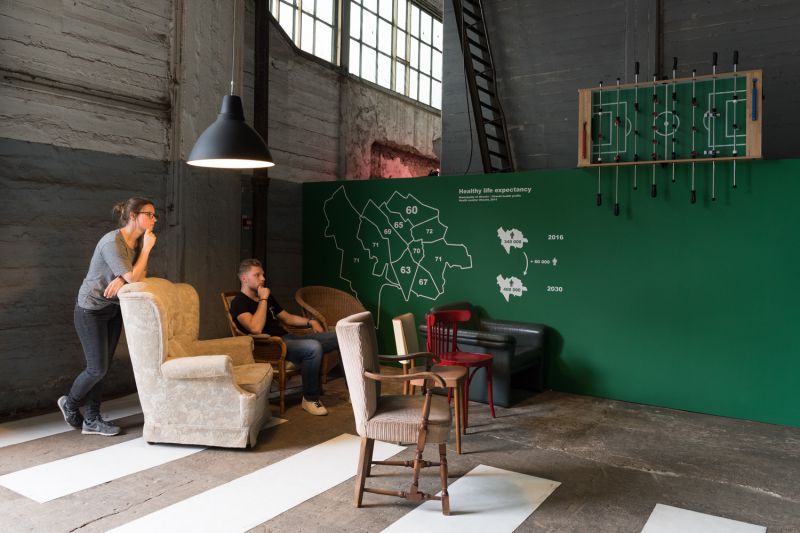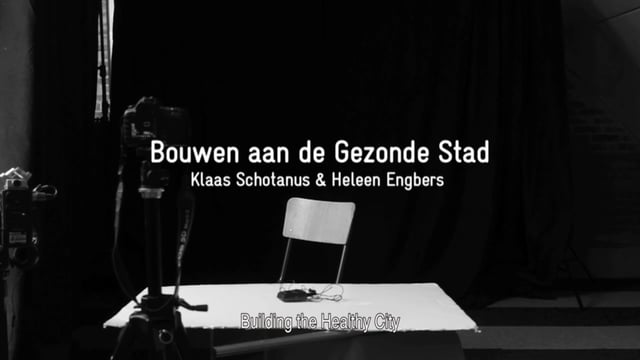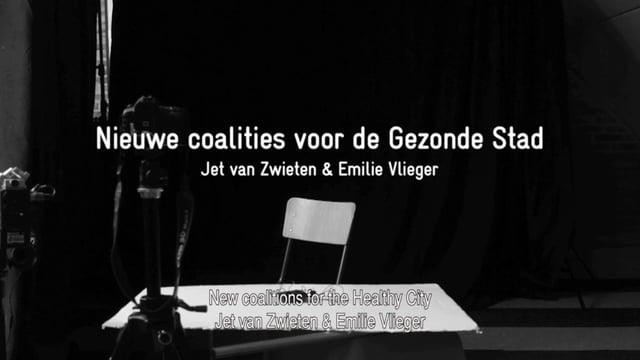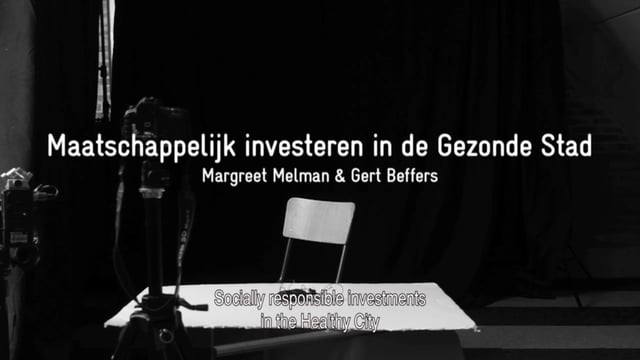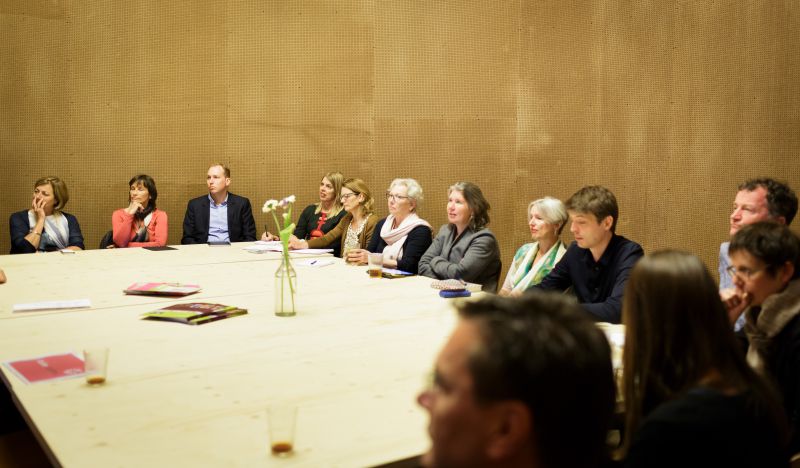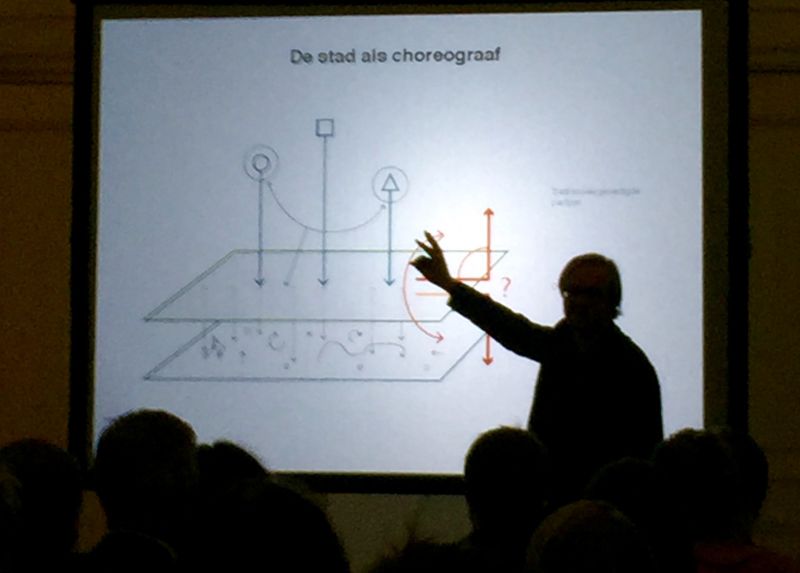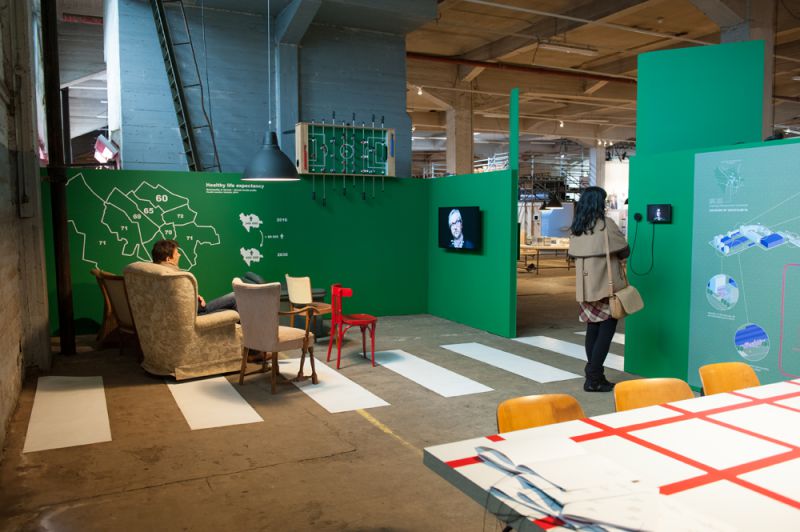
picture: Lotte Stekelenburg
IABR–Projectatelier Utrecht: THE HEALTHY CITY
The population of Utrecht is among the healthiest in the Netherlands. There are, however, marked differences inside the city. Utrecht is doing its best to address such persistent differences in health and life expectancy, but has to operate in a force field that is in full transition. The national government is delegating care tasks to municipalities. The consolidating health economy is passing into the hands of a few large parties that add little local value. In addition, the city of Utrecht expects its population to grow from 330,000 today to 400,000 in 2030 within the current city limits, which will result in a significant densification of its existing urban territory.
Health and urban development
To examine how health and urban development issues can be coupled, the Atelier investigated what innovative spatial development strategies can contribute to the creation of an inclusive, healthy city that prioritizes solidarity between different generations, cultures, and income groups. Atelier Utrecht focused on both spatial and programmatic transformations in the city as related to health and well-being, and on changes in the funding of health care.
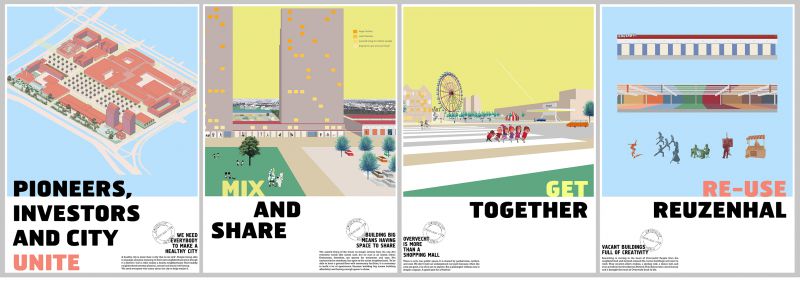
De Smet Vermeulen Architects
To visualize the results of its explorations and to define where the opportunities for a healthier Utrecht lie, the Atelier zoomed in on a number of strategic test sites in two areas of Utrecht: Overvecht, the area with the weakest health statistics and Merwede Canal Zone, a transitional area between well- and poorly performing parts of the city.
The municipality as choreographer
The result comprises a number of promising scenarios that use densification as a catalyst to achieve a healthy city. Increasing the number of places for social encounter will strengthen social networks and thus the residents’ independence. Proximity encourages healthy mobility and, in addition, living, working, shopping, and relaxing all within walking or cycling distance stimulates local economic and social networks.
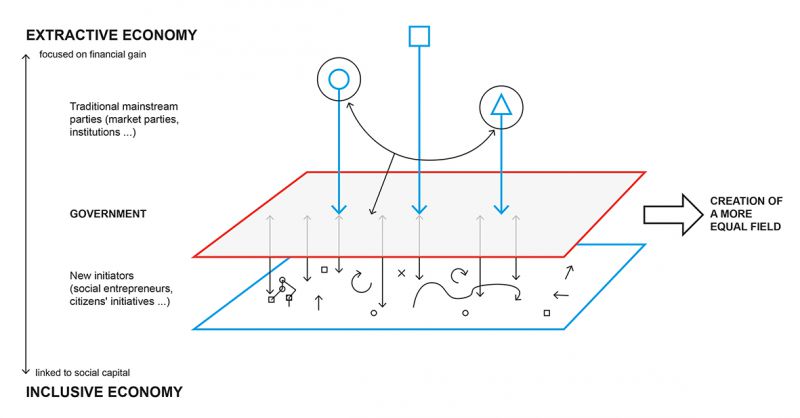
Architecture Workroom Brussels
Besides spatial opportunities, municipal authorities are given an opportunity to position themselves as choreographers of a ‘cooperative’ urban development and to involve a variety of actors with very different investment potentials and ambitions in area and neighborhood development. Atelier Utrecht: The Healthy City provides insights that can also inspire other cities in the Netherlands and abroad.
The results of Atelier Utrecht were published in a book entitled From Cure to Care – Transitions in the healthy city of Utrecht. For more information, click here.
Atelier Utrecht is a collaboration of the IABR and the Municipality of Utrecht.
The atelier master is Joachim Declerck (Architecture Workroom Brussels).
The Belgian offices Achitecture Workroom Brussels and De Smet Vermeulen architects, and MUST urbanism from Holland have been commissioned to do the design research and to develop pilot projects. AORTA Center of Architecture is an active partner.
The IABR initiates and produces the Project Ateliers as a lead partner for the Regional and Local Design Dialogue Program, within the framework of the Ministry of Infrastructure and the Environment’s Action Agenda for Architecture and Spatial Design 2013–2016.


